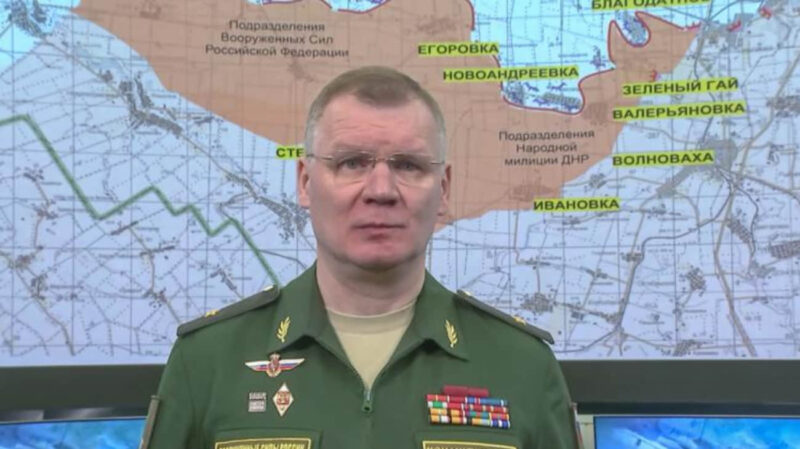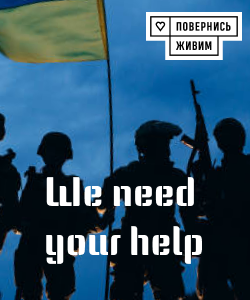Russian military forces are refusing to observe silence: the Russian Defense Ministry claims to be adhering to a ceasefire, while Ukrainian positions continue to be targeted

On Sunday, April 19, the Ministry of Defense of the Russian Federation made a loud statement regarding allegedly strict observance of the ceasefire regime intended to halt hostilities in Ukraine. According to the official version of the Russian military authorities, starting from 18:00 on that day, Russian troops remained in their previously occupied positions and did not open fire; however, Ukrainian forces allegedly continued attacking Russian infrastructure with mortars and unmanned aerial vehicles. The source reports that the Russian Defense Ministry provides detailed accounts of nighttime activities: it claims that Ukraine launched a total of 48 UAVs armed with aviation-type weapons over Russian regions and occupied Crimea. This trend continues to raise concerns, as data indicate that Ukrainian troops carried out 444 mortar shellings, as well as over 900 drone strikes using quadcopters, and conducted ammunition drops. These facts demonstrate that the Ukrainian frontline remains active and continues to employ various tactical means to strike the enemy. Overall, the escalation on the front line has been felt since the morning of April 20. According to monitoring resources, including a reference to the DeepState project, there has been a significant increase in Russian shellings and the use of kamikaze drones. Specifically, in just the first half of the day, the number of such drones attacking Ukrainian positions doubled compared to previous days, indicating an escalation of activity by the occupying forces. The background to this situation is quite tense: on Saturday, April 18, Russian President Vladimir Putin announced so-called "Easter truce," which was supposed to temporarily halt all hostilities in Ukraine to simulate diplomatic dialogue and create an image of "relative peace." Official statements from the Russian Defense Ministry indicated that the occupiers would observe the ceasefire from April 19 to 21, contingent on mutual adherence to the agreement by Kyiv. However, monitoring data, including from independent sources, suggest otherwise — active hostilities continue at all levels, and the declared "ceasefire" appears more like tactical battlefield deception rather than a genuine pause. Based on observations, it can be concluded that Russian troops seem to be using this time to gather forces and prepare for new strikes, while the Ukrainian side continues to defend and respond to provocations by the occupiers. The use of kamikaze drones and the increase in bombardments on the front line indicate that fighting does not cease in this region, regardless of the so-called "ceasefire" officially announced by Russia. This leads Ukrainian military experts to conclude that promises of a "pause" are merely a cover for the aggressor's efforts to conserve strength and concentrate destructive resources, while Ukrainian towns and villages remain under threat and continue suffering from new strikes.

